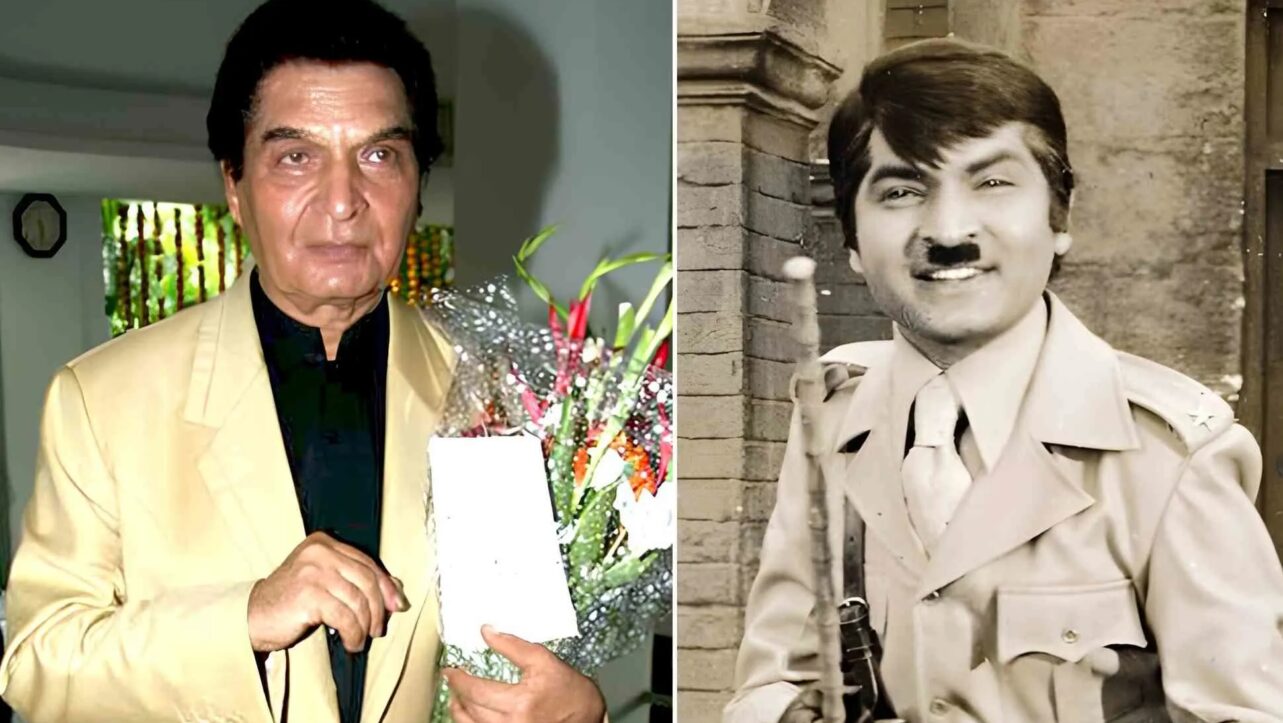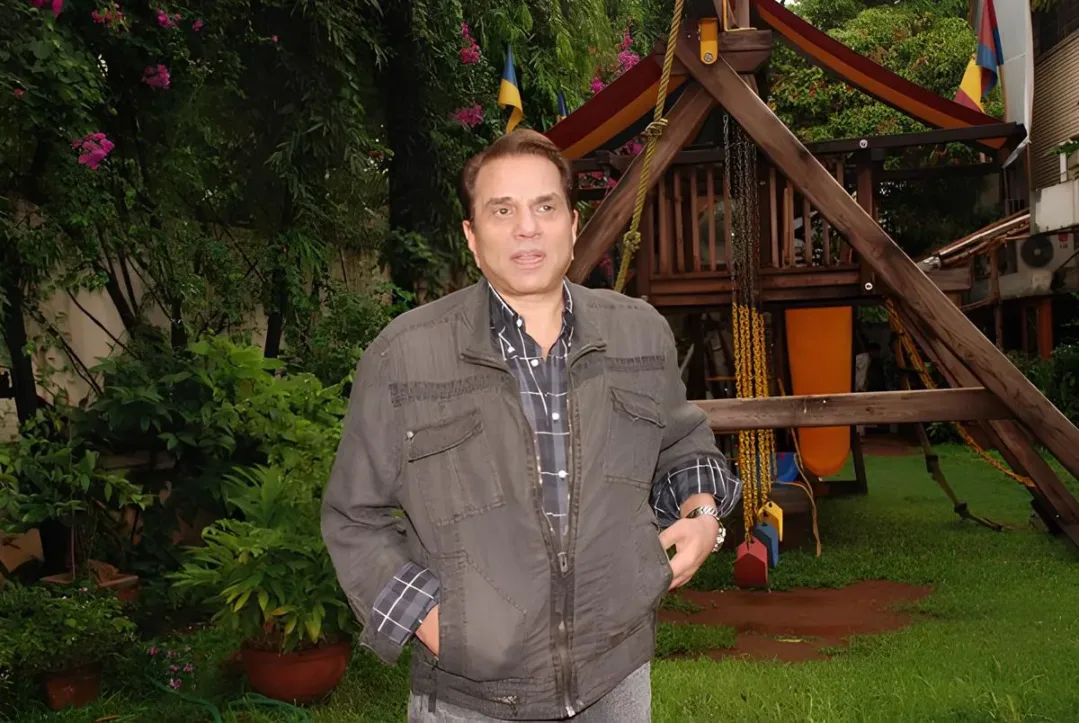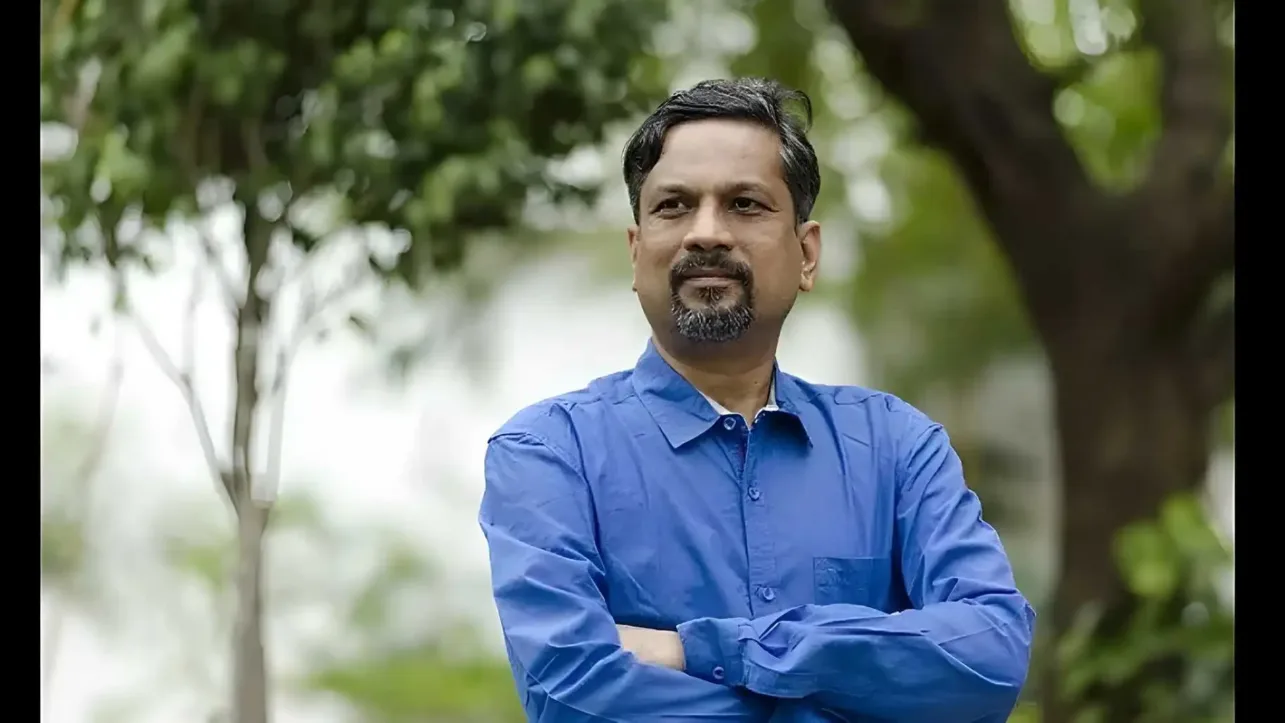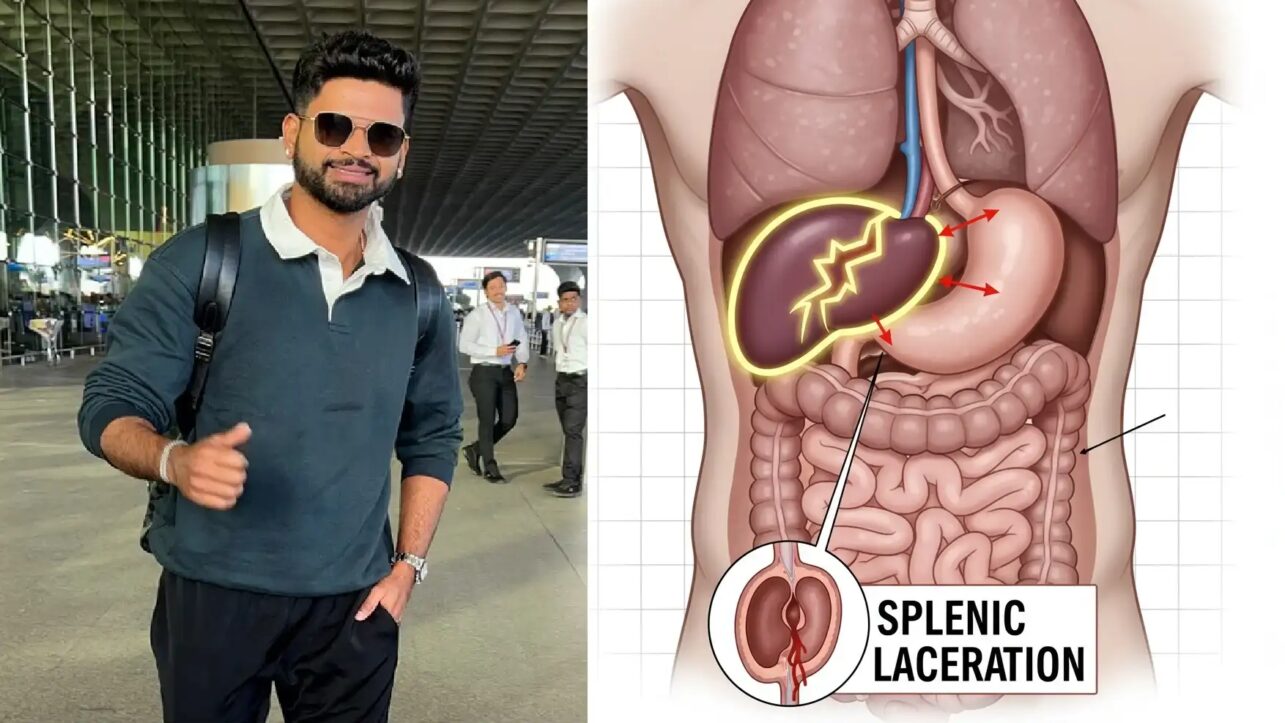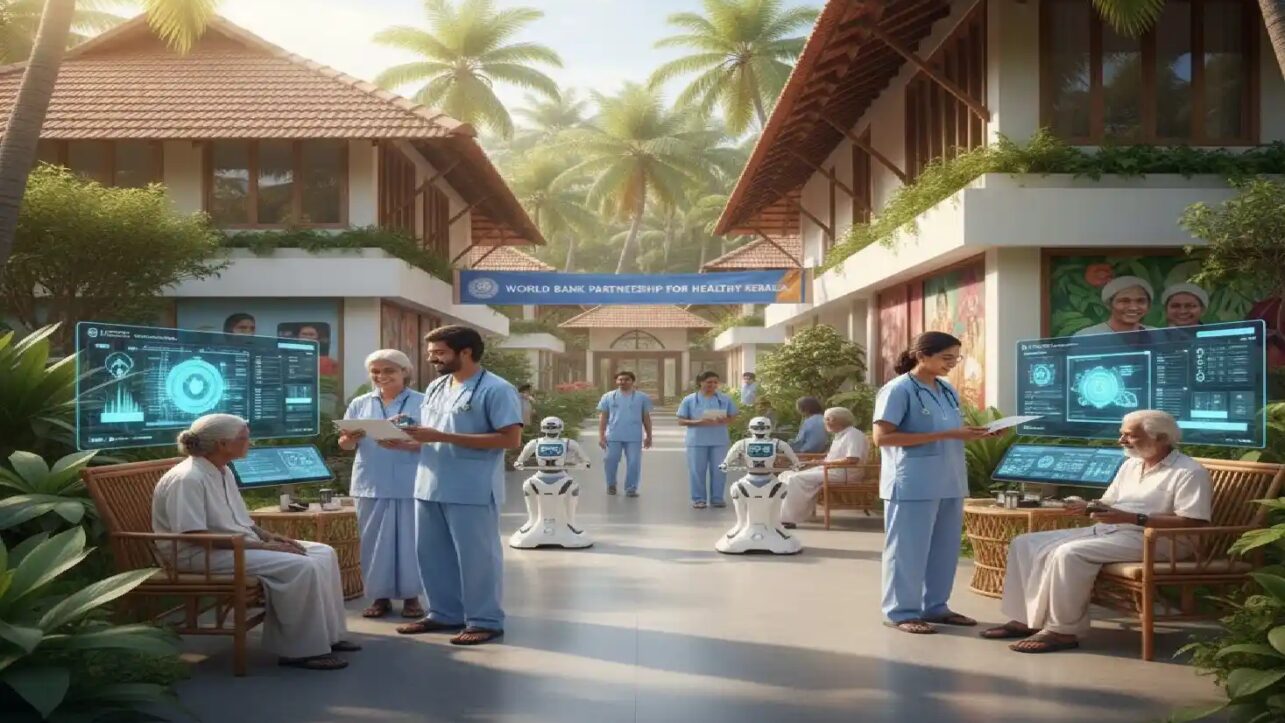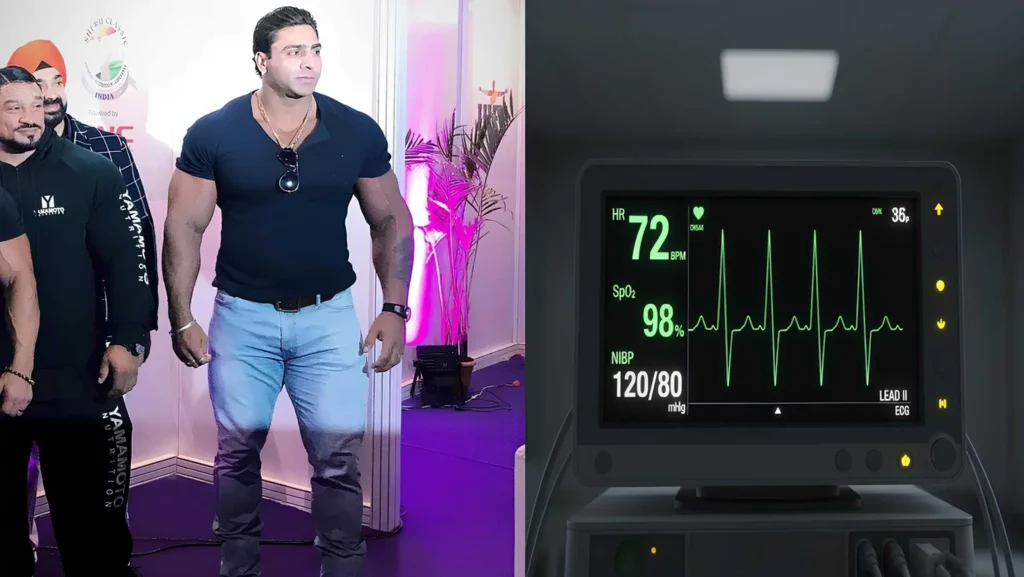Veteran Bollywood actor Govardhan Asrani, best known for his iconic role as the Hitler-mimicking jailer in the classic film Sholay, passed away on October 20, 2025, at the age of 84, leaving behind a legacy spanning over five decades and more than 350 films.
The beloved comedian died at 3:30 PM at Bharatiya Arogya Nidhi Hospital in Juhu, Mumbai, after battling a prolonged illness that culminated in severe respiratory complications. His final rites were conducted at Santacruz Crematorium in Mumbai.
Cause of Death: Fluid Accumulation in Lungs
According to hospital sources and Asrani’s personal assistant, the actor succumbed to pulmonary edema—a serious medical condition characterized by excessive fluid buildup in the lung’s air sacs. “From what the doctors told us, there was fluid (water) accumulation in his lungs. He passed away today, October 20, around 3:30 pm,” a family representative confirmedto India Today.
Asrani had been admitted to the hospital on October 16, 2025, after experiencing severe breathing difficulties. Despite medical intervention over four days, his condition deteriorated, ultimately leading to his passing.
Understanding Pulmonary Edema in Elderly Patients
Pulmonary edema, the condition that claimed Asrani’s life, occurs when excess fluid accumulates in the air sacs of the lungs, making it extremely difficult to breathe. The condition is particularly serious in elderly patients, where pre-existing health conditions can significantly increase vulnerability.
The most common symptoms include severe shortness of breath, wheezing, rapid shallow breathing, anxiety related to breathing difficulties, and trouble breathing while lying down. In acute cases, patients may experience a feeling of suffocation and produce frothy, pinkish sputum if blood is present.
The condition has two primary causes. Cardiogenic pulmonary edema, the most common form, results from heart-related problems such as congestive heart failure, heart attacks, or weakened heart muscles that prevent blood from being pumped effectively. When the left side of the heart fails to function properly, blood backs up into the lung’s blood vessels, pushing fluid into the air sacs.
Non-cardiogenic pulmonary edema stems from non-heart issues such as pneumonia, sepsis, kidney failure, or physical lung trauma that causes blood vessels to become inflamed and leak fluid. In elderly patients, decreased lung elasticity and pre-existing conditions like hypertension and compromised immune systems heighten the risk of developing this life-threatening condition.
A Career That Defined Comedy in Indian Cinema
Born on January 1, 1941, Asrani’s career in Indian cinema spanned more than 50 years, during which he appeared in over 350 Hindi and Gujarati films. He worked in lead, character, comedic, and supporting roles, becoming one of Bollywood’s most versatile and beloved actors.
His most memorable performance came in the 1975 blockbuster Sholay, where he played the jailer who hilariously caricatured Adolf Hitler. The role, filled with the iconic line “Angrezon ke zamane ke jailer,” became etched in Indian cinematic history and remains one of Bollywood’s most quoted performances.
Asrani enjoyed an extraordinary partnership with superstar Rajesh Khanna, appearing together in 25 films between 1972 and 1991, including classics like Bawarchi (1972), Namak Haraam (1973), and Ghar Parivaar (1991). He became particularly close friends with Khanna after Bawarchi, cementing one of Bollywood’s most enduring actor duos.
Prolific Output and Critical Recognition
During the peak of his career, Asrani demonstrated remarkable productivity, appearing in 101 films in just nine years between 1970-1979, and 107 films throughout the 1980s. He worked with renowned directors including Hrishikesh Mukherjee, B.R. Chopra, and Priyadarshan.
His filmography includes memorable performances in Chupke Chupke (1975), Abhimaan (1973), Guddi (1971), Seeta Aur Geeta (1972), and Parichay (1972). The 2000s saw him continue working in blockbuster films like Hera Pheri, Chup Chup Ke, Hulchul, and Deewane Huye Pagal.
Beyond acting, Asrani directed six films between 1974 and 1997, including Chala Murari Hero Banne (1977) and the Gujarati hit Amadavad no Rikshavaro (1990).
Personal Life and Early Journey
Asrani was married to Manju Asrani and maintained a relatively private personal life despite his public fame. Before achieving stardom, he taught acting at the Film Institute in Poona—ironically, the same institution where he had once been a student.
He had known actress Jaya Bachchan since their days at the Film Institute and had the honor of completing rituals at her wedding as her fourth brother. Weak in mathematics and uninterested in his father’s carpet-selling business, Asrani always knew his calling was acting. He joined Sahitya Kalbhai Thakkar to learn the craft and began his career working in Gujarati films as a lead actor.
Tributes Pour In
News of Asrani’s passing triggered an outpouring of tributes from across the Indian film industry and fans worldwide. Social media platforms filled with memories of his comedic genius, with many sharing clips of his most beloved performances, particularly from Sholay.
“Remembering Asrani: The actor who lit up Indian cinema for over 5 decades,” read one tribute, capturing the sentiment of millions who grew up watching his performances. His ability to seamlessly transition between comedy and serious roles made him a true icon of Indian cinema.
Health Alert for Elderly Patients
Asrani’s death from pulmonary edema serves as a critical reminder about respiratory health in elderly individuals. Medical experts emphasize that seniors experiencing breathing difficulties, persistent coughing, unusual fatigue, or swelling in feet and ankles should seek immediate medical attention.
Early detection and management of heart conditions, hypertension, and kidney disease can significantly reduce the risk of developing pulmonary edema. In elderly patients with cognitive impairments, pulmonary edema can also cause confusion, agitation, or sudden changes in mental status—symptoms that caregivers should monitor closely.
A Legacy That Lives On
With his passing, Indian cinema has lost one of its most talented and versatile performers. Asrani’s contribution to Hindi and Gujarati cinema remains unparalleled, having entertained multiple generations with his impeccable comic timing and memorable character portrayals.
His work continues to inspire new generations of actors, and his performances—particularly that unforgettable jailer from Sholay—will remain immortal in the annals of Indian cinema history.

